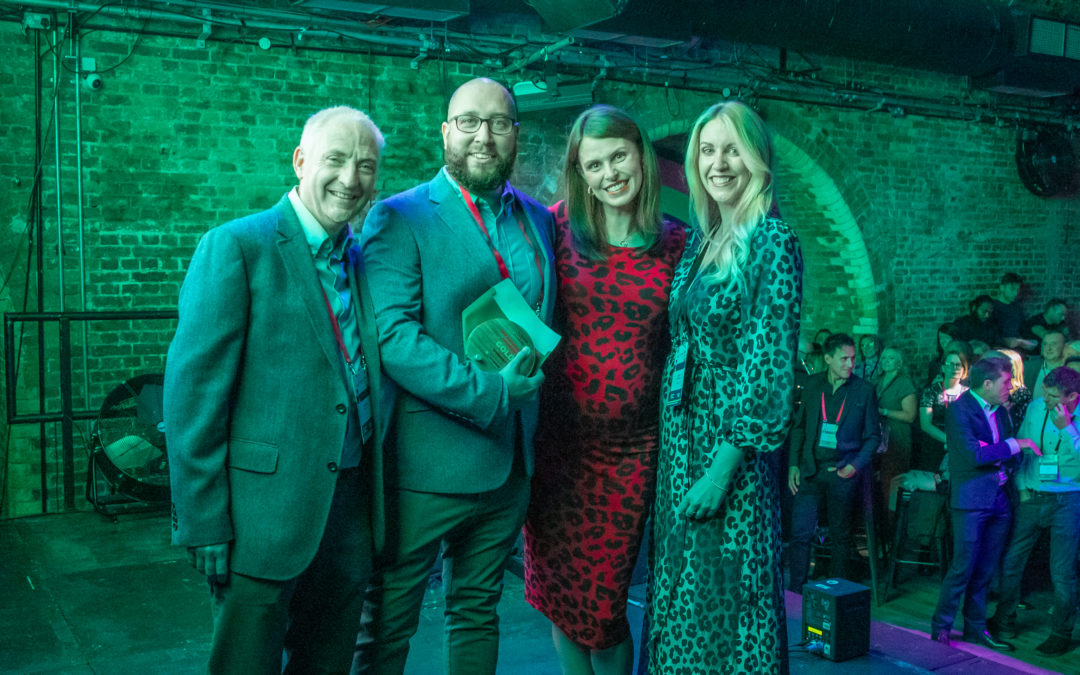The mailing house industry showed signs of recovery last year, from the height of the pandemic in 2020. As such, our board members have given their thoughts on the year just gone and what to expect across the sector in 2022.
The board members who have provided their 2022 predications are:
- Alistair Ezzy, Managing Director at The Lettershop Group
- Tom Prestwich, Chief Operating Officer at Adare SEC
- Isla Munro, Managing Director at The Dragonfly Agency Ltd
- Chris Ingham, Executive Director at Communisis
- Angus Campbell, Change and Business Integration Director at Paragon CC
- Simon Biltcliffe, Founder & CEO at Webmart Ltd
- Colin Banks, Director of Projects and Change at APS Group
- Patrick Headley, CEO at Go Inspire Group
- Kerry Holden, Managing Director at The Mailbird Organisation Ltd
Alistair Ezzy
Next year will be a time to focus on consolidation for the mailing house industry; we’ll therefore be looking to work alongside our colleagues to maximise our full-service offerings. Another development will be the diversification of packaging, to make physical post more versatile.
Using the JICMAIL data to promote our mail and comparing its performance to other channels of communication is going to be important, due to the changing habits of consumers, with the pandemic paving the way for digital substitutes to physically mailing.
We need to do more to promote the success of mail and be more pre-emptive. Encouraging people to see the value of the industry will entice more new entrants to train up and develop a career. We also found ourselves in a position to make real strides this year but were limited on taking those due to paper availability, as well as surcharges on energy in a challenging financial climate, which is something we need to rectify in 2022.
Tom Prestwich (TP)
Whilst we’ve seen generally good recovery ‘post’ Covid-19, some sectors have readjusted and won’t return to the previously forecasted position. For transactional service providers, driving choice and CX capability is key to success as it represents the battleground for key client sectors.
Digital adoption accelerated during the pandemic, which is a reality we should all face into. The quantum of customer communications is still increasing. We have to invest and innovate, as ‘weathering the storm’ of the last two years simply isn’t an option.
I still see far more industry narrative about making the case for mail, rather than the case for choice and the sector is being squeezed between client and supplier organisations. As such, cost increases are imposed and not all can be passed on, which is frustrating. Increasing input costs are a major challenge at a time of recovery and will impair many at a time when investment in innovation and growth is essential for future success.
I hope the agility this sector has demonstrated in 2021 continues to be part of how we all operate in the future. Every business embraced change far more rapidly through necessity and these are good learnings we should all take forward.
Isla Munro (IM)
Advancement in web to print automation and solutions, and more creative ways to include inserts within the packaging sector are certainly set to impact the industry in 2022, but we also have an opportunity to enhance the personalisation of our short run jobs which will be more tailored to the customer.
Balancing the long-term benefits of direct mail versus other marketing channels and the fact paper prices are rising during lingering COVID uncertainty are going to be a big test for the sector, but it’s important to put a long-term strategy in place to combat those variables.
It’s important to be positive and test and learn from what works. This process has been made harder by the lack of face-to-face meetings to be able to create ideas in person!
I hope to see more brands consider direct mail as part of their marketing strategy in the long term, and that we take the opportunity to remind the consumer of the value of the letter.
Chris Ingham (CI)
Client transitions to digital omnichannel communications will continue to grow, which I believe will see a continued reductions in mail volumes. Reduced volumes will present consolidation opportunities for business, but we are likely to also see niche areas for opportunities that surround innovative products and advancements in technology.
Increasing costs through the energy crisis are leading to increased logistics and material costs, which is obviously a big challenge, as this is likely to further drive communications to be sent digitally rather than physically. The Covid era has shown that this type of effect is permanent rather than temporary and is likely to result in less demand for printed material.
Reduced demand is also resulting in a reduction in unit pricing and this behaviour is further accelerating the decline in the overall market revenue size. We clearly cannot price set but selling on value rather than price is the one thing that could preserve capability.
Angus Campbell (AC)
I think that we’ll see the continued growth of more digital, highly personalised mail on shorter run times, as part of the innovations we need to make to consolidate and progress. As a result, we’ll see the increased need for centralised campaign data to help us control responses and we’ll need to be more selective with what channels we use as these evolutions will come at an increased cost.
The markets will steady as the covid impact starts to settle and we all start to get back to normal, which will see client acquisition become a priority. There will also be a focus on supplier consolidation as inevitable price increases can’t be passed to clients and some suppliers become insolvent. We’ll also feel the impact of increased raw material costs.
Cash stretched clients will drive down prices at the expense of the printers, so it is important therefore that we get delivered some of the ‘cost saving’ initiatives that together will drive real cost out of the supply chain and stop tweaking existing price models.
The covid uncertainly has hit the whole supply chain and put pressure on hospitality and retail, which has put some of these clients at risk. I am confident we can endure these challenges to achieve stability and a return to a feeling of normality.
Simon Biltcliffe (SB)
I feel there will be a continued move to more highly personalised, targeted direct mail and away from large generic brochures. There’ll also be a continued increase in programmatic (Triggered) mail. The post covid normal will certainly involve more flexible working and a large percentage of the population being at home more than they ever have been before, which can only be a positive for our industry.
However, the lack of training of marketers in offline marketing makes it challenging for us to get a foothold; it’s far too easy and less risky for them to stick to what they know – online. Training and awareness in the huge benefits of offline marketing is crucial to the long-term stability and growth of the sector and we have tools in place to really make an impact.
Whilst we had a successful year, covid has certainly slowed down progress as it has done for everyone. Especially with marketing budgets and plans being constantly changed and postponed. We are looking to grow and improve our offering in 2022, but this is a lot easier when customers have plans they can stick to, and the country as a whole is in a less volatile state.
Colin Banks (CB)
We are finding clients adoption to using mail are part of their own transformation journeys. More and more are using QR codes on prime documents, rather than a 48pp T&Cs booklet. This is something we are assisting clients with and using others as case studies.
As Covid widens and more people are working from home or hybrid working, mail is a trusted method of communication, which marketeers can take advantage of and integrate into their strategies moving forward.
Looking ahead, the inevitable increased costs of materials such as paper and surcharges are going to pose a huge challenge to the stakeholders in the printing industry. This is something we saw in 2021 and will continue to squeeze the printing houses. It’s important therefore that we put more focus on incentives on offer and build some real success stories around this and the use of mail. We need to keep mail as part of our clients’ future roadmap and strategy and, as a board, encourage our future generations to do the same.
Patrick Headley (PH)
I expect direct mail will recover slightly in line with the predicted move back to traditional channels of communication at the expense of digital. We therefore have the opportunity to be more than just a printer and direct mail house. We need to be competent at delivering solutions to problems that your everyday customers face to maximise our offering and increase the value of physical mail in the public eye.
Covid is still very much having an impact. The instability is leading to Royal Mail price rises which is putting pressure on us operationally. To combat this, it is crucial we think of ways to innovate and adapt to the changing financial landscape. It is my hope that in 2022 we can continue to show resilience to overcome the challenges of the last two years to achieve stability and happiness.
Kerry Holden (KH)
I think we’ll see a further shift to more targeted mail, particularly around the hybrid mail/programmatic areas. Mail, as a channel, is working really well and it will be important for brands to have mail as an ‘always-on’ method of communication.
This presents the industry with the opportunity is to show that mail really works and therefore will make it hard for businesses and consumers to ignore its merits and appeal. It’s important that we do this because we can expect to see further increases in supply chain costs in 2022. Paper prices are going up and there are supply chain issues. Combine this with inevitable increases in postage costs and we risk pricing our channel out of the market.
The lasting impact the pandemic has had on businesses across the country has been difficult to see. I am hoping to achieve a level of continuity for businesses, with no more national lockdowns to navigate. Brands need to market themselves and do so with confidence and stability.





